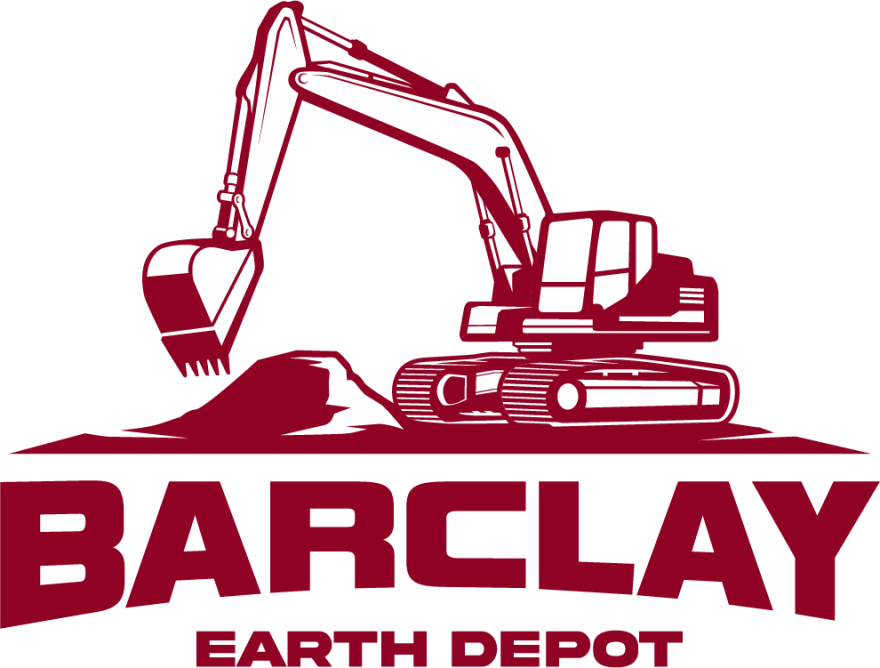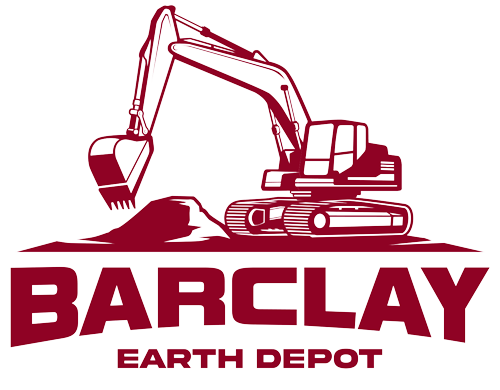 Fill dirt has many uses in construction and landscaping. However, its properties and behavior change dramatically with the seasons. Comprehending these seasonal shifts allows you to properly place and work with fill dirt, from installing garden beds to preparing commercial sites for construction. That’s why accounting for seasonal factors improves the odds of smooth project execution and desired results.
Fill dirt has many uses in construction and landscaping. However, its properties and behavior change dramatically with the seasons. Comprehending these seasonal shifts allows you to properly place and work with fill dirt, from installing garden beds to preparing commercial sites for construction. That’s why accounting for seasonal factors improves the odds of smooth project execution and desired results.
Spring Conditions: Working Around Mud and Moisture
Spring brings warmer temperatures, snowmelt, and often heavy rains. While this moisture nourishes the landscape, excess water can make working with fill dirt significantly more challenging.
Here are some essential considerations for spring projects:
Watch Moisture Levels Carefully
Excessive moisture leads to muddy conditions that make fill dirt difficult to place and compact properly. That’s why moisture meters and visual inspection are essential to assess water content. The material should be damp but not overly saturated. Adding dry fill to overly wet soil onsite helps reach the right balance.
Allow Time for Drying
If recent downpours leave your site a muddy mess, delay fill dirt delivery for a few days until conditions improve. Rushing into sodden soil can cause problems with soil stability, uneven compaction, and damage from heavy equipment. In other words, patience pays off with better long-term results.
Monitor Storm Forecasts
Schedule fill placements during expected dry windows in the forecast. While you can’t avoid spring showers entirely, strategic timing and planning give wet soil time to absorb water and firm up before adding more fill.
Adjust Compaction Methods
Rolling compaction equipment may prove ineffective on muddy spring soil. However, layered placement and stomping compaction with excavator buckets allow progress until the material dries out adequately for mechanical packing.
Reassess Site Access
Muddy terrain can make access roads to the site impassable for trucks hauling fill. Temporary construction mats provide solid driving surfaces. In addition, site plans may need adjustment if conditions won’t support 15-20 yard trucks reaching delivery points.
Summer Heat: Preventing Dehydration and Dust
When temperatures climb in summer, fill dirt presents an entirely different challenge as it dries out. Whereas spring brings too much moisture, summer’s lack of moisture leads to changes in the material and potential issues to manage, including:
Dehydration and Cracking
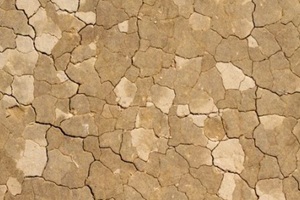 As with plant roots and seeds, fill dirt needs sufficient moisture to remain loosely packed, stable, and cohesive. Dry soil loses these qualities, becoming harder, more brittle, and prone to cracking.
As with plant roots and seeds, fill dirt needs sufficient moisture to remain loosely packed, stable, and cohesive. Dry soil loses these qualities, becoming harder, more brittle, and prone to cracking.
Careful Watering
Light watering while spreading fill dirt assures uniform moisture. Targeted application prevents oversaturation while keeping the material hydrated for easier leveling and compaction.
Dust Control
As loose, dry soil sits exposed to equipment and foot traffic, dust clouds billow up, reducing air quality on site. Several techniques reduce this nuisance:
- Light misting with water spray
- Spreading tarps over piles when not loading
- Applying dust suppressant agents
- Containing piles behind perimeter silt fencing
Without control measures, airborne dust threatens construction equipment, decreases operators’ visibility, and allows fine particles to escape your site as fugitive emissions. A dust mitigation plan protects your project timeline by maintaining safer working conditions.
Adjusting Project Schedules
If daytime heat bakes your site, shift schedules to take advantage of cooler temperatures in early morning, which makes fill dirt easier to work with. Heat, equipment, and foot traffic continue drying exposed soil throughout the day, so getting an early start retains adequate ambient moisture.
Fall Leaves: Accounting for Organics
The onset of fall brings changing leaf colors, but falling foliage mixing with fill dirt creates challenges. Effectively managing this seasonal organic matter protects the quality of your soil material.
Rapid Removal
As deciduous trees surrounding your site drop leaves, remove them from fill areas promptly by hand raking or gentle blowing when they pose slipping hazards or drainage clogs. Allowing accumulations risks their mixing into the soil material.
Covering Piles
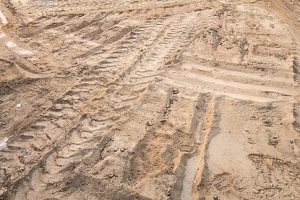 Unworked piles of fill dirt during the fall are tempting targets for drifting leaves. Avoid this contamination by keeping piles tarped or secured behind screening when not loading trucks.
Unworked piles of fill dirt during the fall are tempting targets for drifting leaves. Avoid this contamination by keeping piles tarped or secured behind screening when not loading trucks.
Amendment Adjustments
If some leaf litter does mix in, the decomposition over the coming months will change the fill consistency by increasing organics. Amending with screened soil or micronized sand offsets this. Test samples determine how much amendment your altered fill dirt requires to redirect its composition. Through rapid removal, containment, and tweaking ratios, you can counteract the impact of fall leaves drifting onto your bare dirt piles.
Winter Considerations: Working With Frozen Ground
Frigid temperatures bring special considerations when working with earth materials. Whereas other seasons present challenges with moisture or organics, winter’s frozen fill poses significant obstacles that require specialty techniques and equipment to allow for continued progress.
Evaluate Frost Depth
Inspect current ground freeze levels and compare them with past weather data to estimate how deep frost penetrates your region. Most earthwork occurs above the frost line, with soil below that depth remaining temperature stable for digging and moving.
Protect Stockpiles From Freezing
While you can’t control overnight temperatures, prevent surface ice on fill piles by circulating warmer bottom material to the top via front-end loaders. Tarping also protects piles from freezing rain.
Thaw Frozen Sections As Needed
Using an insulated frost box or ground heaters, along with temperature monitoring probes, allows one to selectively thaw frozen ground and restore localized working conditions.
Choose Appropriate Equipment
Specialized articulated trucks, conveyor belts, and laser-guided dozers can cost-effectively move soil across frozen terrain. Operators experienced in winter working conditions use precision grading to achieve compaction even when the fill contains some frozen chunks.
Consider Road Access
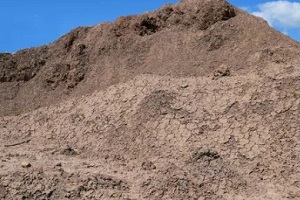 Frozen, snow-covered access routes pose logistical challenges for standard earthmoving equipment. Identifying alternate transportation options early is essential to secure reliable site access.
Frozen, snow-covered access routes pose logistical challenges for standard earthmoving equipment. Identifying alternate transportation options early is essential to secure reliable site access.
Turn to Barclay Earth Depot for Seasonal Fill Dirt Solutions
While each season brings distinct fill dirt considerations, from mud to dust and leaves to ice, being aware of and planning for these changing conditions means your project continues advancing with minimal weather impact. Barclay Earth Depot‘s experienced staff knows how to tackle seasonal challenges specific to working with structural fill.
Contact us today at (941) WE-DIG-IT or visit us online to learn more about our flexible delivery services and premium materials customized to local conditions. We provide solutions to keep your development or construction timeline on track year-round.
